CANNOT BE WITHOUT OXYGEN FOR MORE THAN 5 MINUTES
The above children drowned in swimming pools and lakes, including 3 children with prolonged cardiac arrest and 4 children with critical respiratory failure. According to doctors, out of the 7 children, only 1 child received proper first aid, the remaining cases were given incorrect cardiopulmonary resuscitation.
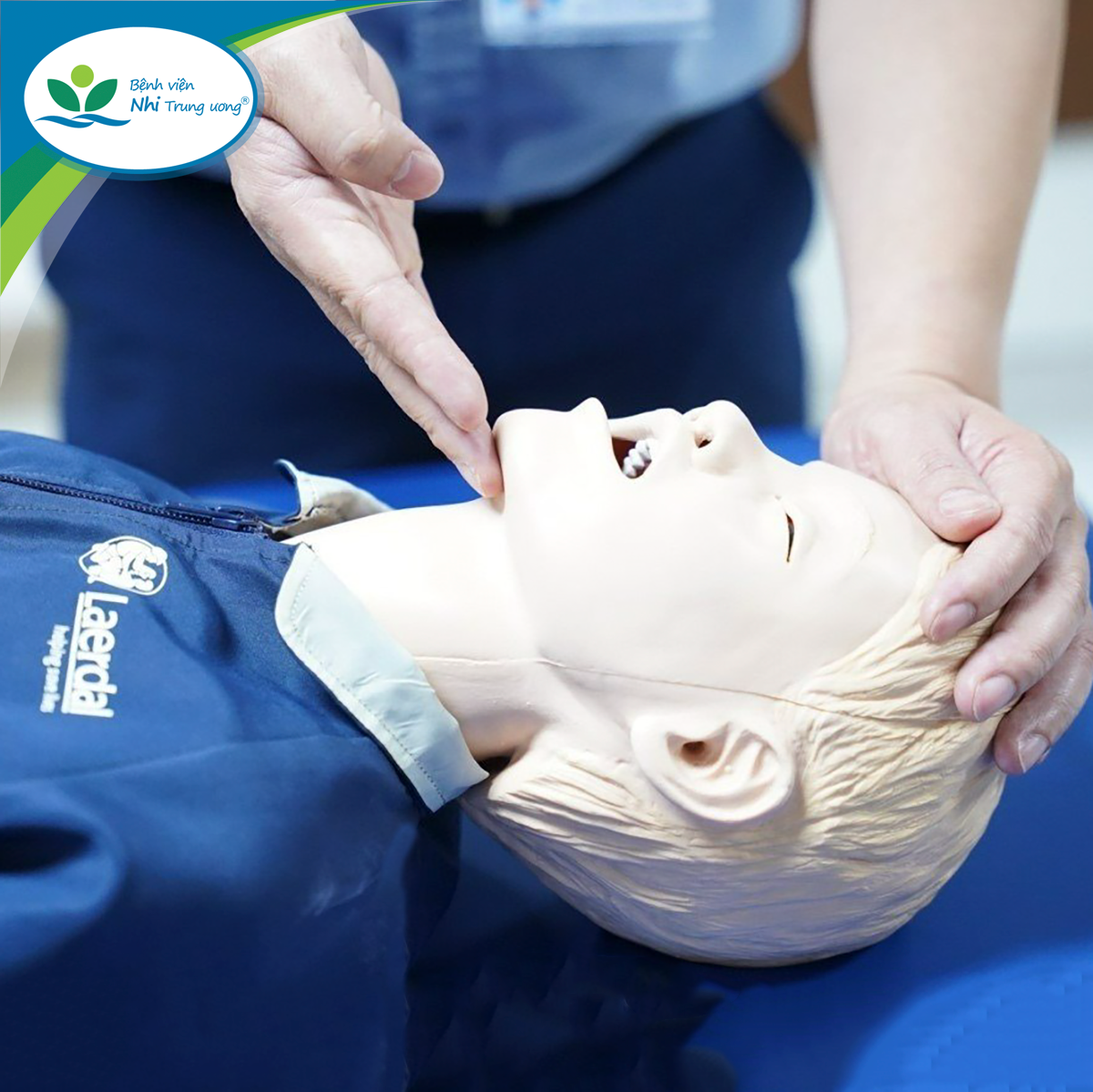
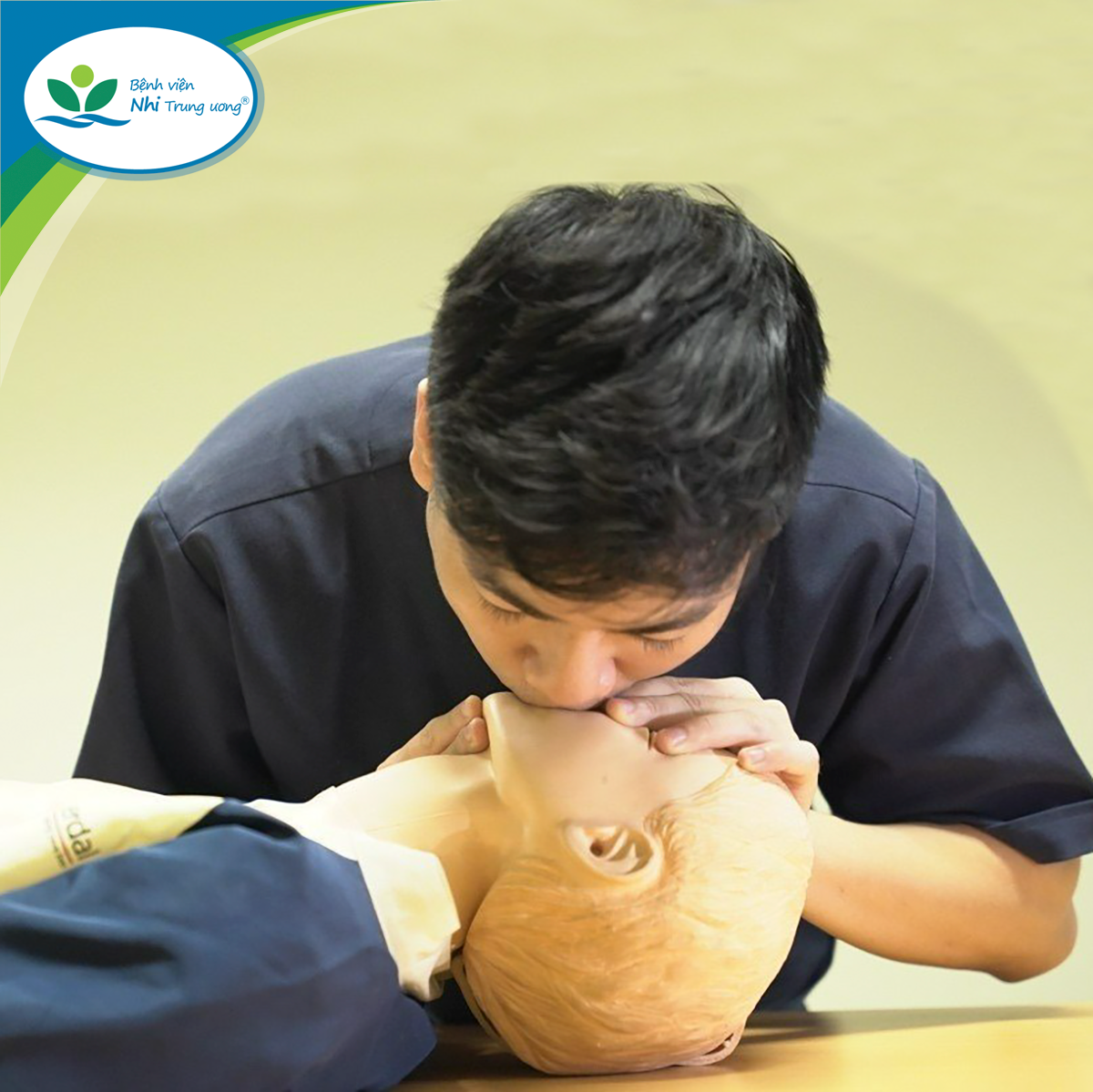
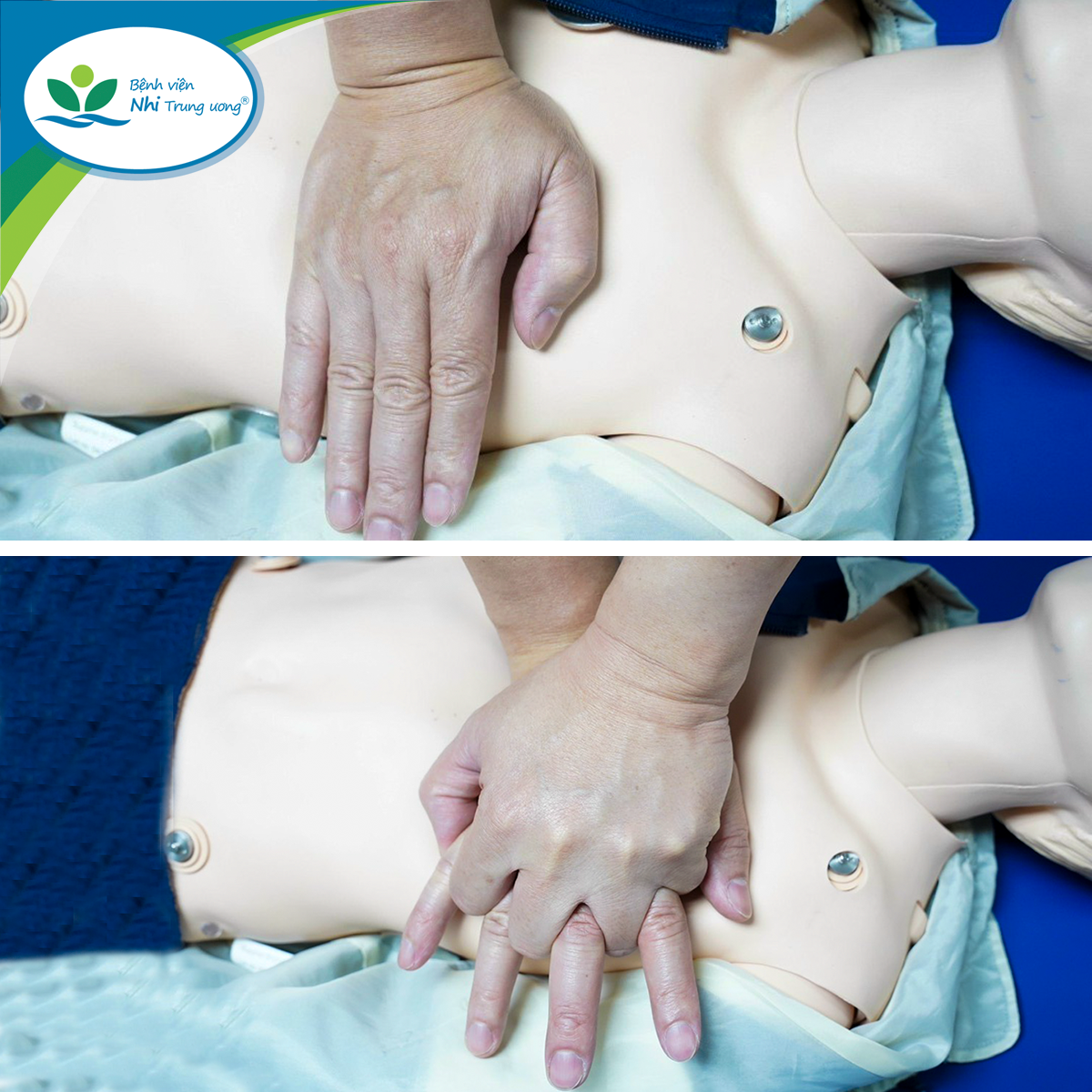
First aid steps for drowning children
Many cases when brought up were unconscious, not breathing but did not receive immediate cardiac arrest resuscitation, instead were carried around in circles, delaying emergency care, increasing the risk of reflux, making it easy for the child to inhale fluids from the stomach into the lungs.
Dr. Phan Huu Phuc, Director of the Institute for Child Health Training and Research, National Children's Hospital, said: Initial first aid for drowning children is very important because the main cause of death in drowning children is brain damage due to lack of oxygen. The maximum time the brain can withstand lack of oxygen is only about 3 - 5 minutes. After this time, it will lead to irreversible brain damage, causing death or neurological sequelae. Therefore, when seeing a drowning child who is unconscious, not breathing, or has stopped breathing, it is necessary to perform cardiopulmonary resuscitation (mouth-to-mouth resuscitation, chest compressions) immediately, because this is the golden time to save the child's life.
Dr. Phan Huu Phuc said that at the hospital, to successfully resuscitate cases of cardiac arrest due to drowning, it is necessary to apply a combination of many active resuscitation measures. In addition to conventional resuscitation measures, the National Children's Hospital has applied active hypothermia therapy, which means using devices to reduce the child's body temperature to 33 - 34 degrees Celsius for a few days to protect the brain, prevent further brain damage, and help it recover.
"However, the indication and effectiveness of hypothermia therapy depends on how long the child's heart has stopped and whether the child receives timely and proper cardiopulmonary resuscitation," Dr. Phuc noted.
"In cases where a child has a prolonged cardiac arrest but during that time the child receives good cardiopulmonary resuscitation, the treatment outcome will be better. On the contrary, if the child only has a cardiac arrest for 5-7 minutes but does not receive proper initial emergency treatment, the treatment outcome will not be as positive," Dr. Phuc emphasized.
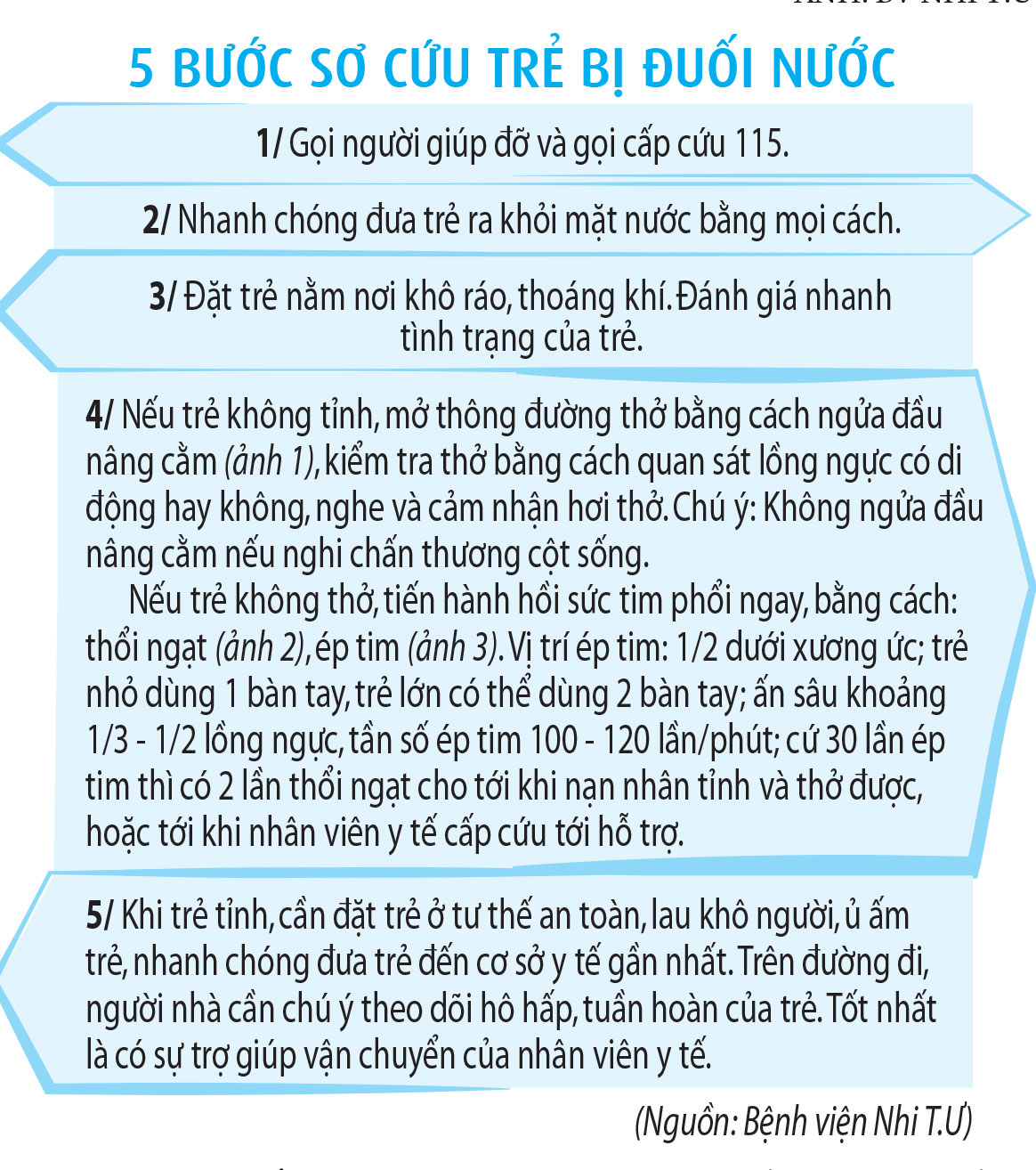
PROPER FIRST AID IS THE DECISION OF LIFE
Through the reality of receiving hundreds of children in emergency care due to drowning in recent years, doctors at the National Children's Hospital noted that although the health sector has widely communicated for many years, there are still many people who do not know the correct first aid skills when approaching and treating a drowning child.
Accordingly, do not turn the child upside down on your shoulder and run, this will cause the gastric juices to reflux into the airways and delay cardiopulmonary resuscitation (chest compressions, mouth-to-mouth resuscitation), wasting the golden time to rescue the child. Do not stop cardiopulmonary resuscitation if the child is not breathing. When performing chest compressions, do not press too hard on the chest as this will cause broken ribs and lung contusions. All drowning children should be taken to medical facilities for further examination and monitoring of post-drowning complications.
Summer is the time when children often participate in swimming activities or go out and travel to places with lakes, rivers, streams, seas, etc. Eliminate the risk of drowning for children in the community, family, school. Ponds, lakes, water containers in the family must have fences, covers; warning signs must be posted at rivers, streams, lakes, etc. Public swimming areas must be supervised by lifeguards trained in rescue techniques.
Source link





![[Photo] Overseas Vietnamese in France review history through special supplement commemorating 50 years of national reunification](https://vphoto.vietnam.vn/thumb/1200x675/vietnam/resource/IMAGE/2025/5/6/e92838061d514fceb6edc82f751aafef)







![[Photo] General Secretary To Lam meets with Chairman of the Senate of Kazakhstan](https://vphoto.vietnam.vn/thumb/1200x675/vietnam/resource/IMAGE/2025/5/6/74ef28cf6c6e46cbb107130e5ac6af65)





































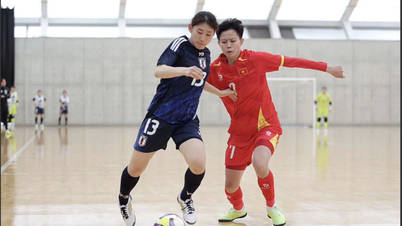

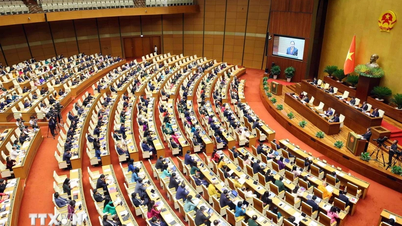





























Comment (0)